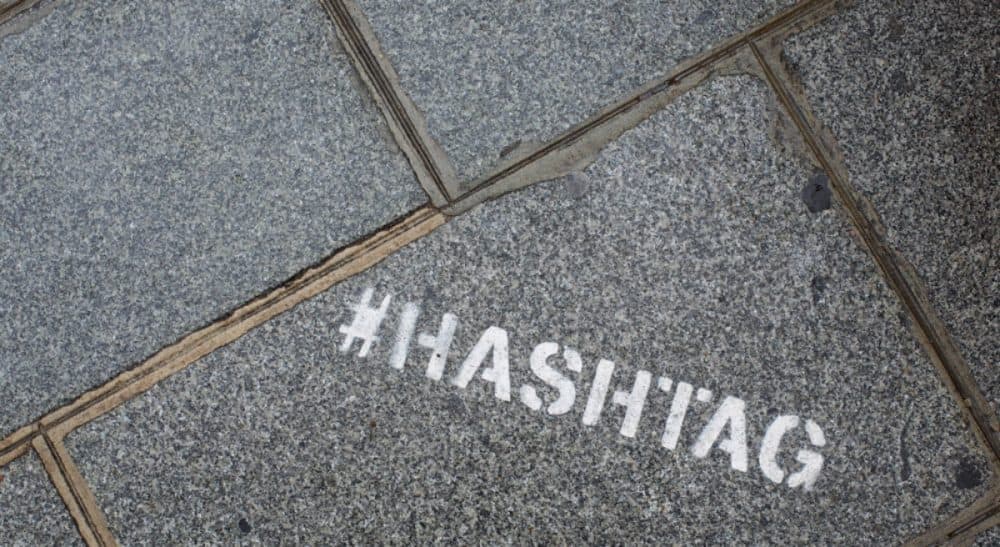Advertisement
30 Days, 30 Tweets And 4 Key Insights About Twitter

The marketing director of my architectural firm set up a Twitter account for me. She explained how social media connections fit into the firm’s marketing strategy and described how to employ hashtags and at signs. I tweeted whenever I spoke at a conference or published an article; I created automatic tweets whenever I posted a blog essay, but I never checked my Twitter feed. After two years, I’d posted 88 tweets, I followed 19 others and 21 followed me. Considering over 100 million people check Twitter every day, I was irrelevant.
“You’re doing this all wrong,” a friend told me. “Don’t just tweet when you’re selling something, and never just tweet a link.” Elizabeth embraced the power of 140 characters. She explained how Twitter exposed the American raid that killed Osama bin Laden, announced the capture of the Boston Marathon bomber, and that President Obama tweeted his reelection victory. She advised me to capitalize on the medium: post unique tweets; expand my Twitter universe; promote less; tweet more; and for goodness sake, be funny. I decided to test her advice; I posted a fresh tweet every day for 30 days. With a month of regular tweeting behind me; what did I learn?
1. Twitter is not Facebook.
Raves about my 6-year-old nephew and pictures of snowmen may be the essence of Facebook, but they don’t cut it on Twitter. Forget that Katy Perry has more followers (50+ million) than the president (41+ million); an imprimatur of gravity prevails. When I tweeted this:
Just ate a bowl of #kale chips. Maybe I'm doing too much #yoga.
— Paul E. Fallon (@paulefallon) February 2, 2014...a so-called friend told me it was a lousy tweet.
2. No tweet is an island.
Twitter is supposed to be conversational. A tweet composed of mere text is a dead end. The more hashtags and at signs I inserted, the more traction I got. By the end of 30 days, every tweet had a link to an article or video. When I attended a lecture about Big Data’s effect on journalism, I didn’t tweet journalist Paul McMorrow’s obvious quote that “the chart is the new nut graph.” Instead, I was witty, statistical, and earned a retweet as a reward.
At #MassINCBigData conference - 200 people, 190 smart phones, 64 laptops, 8 pens + 1 reporter @paul_mcmorrow with pencil in his ear.
— Paul E. Fallon (@paulefallon) February 12, 20143. A 140-character worldview.
I find the hyper-abbreviated format of many tweets hieroglyphic; yet did not find 140 characters limiting. Within days, the idea that any situation had to be described in 140 characters evolved into the notion that any situation should be described that way. Eventually, the search for the perfect nugget trumped deeper exploration. Twitter statistics, a burgeoning field of fine-grain chafing, reports that tweets with links attached are retweeted 86 percent more often than those without. That may be true, but personal experience dictates that few of us actually hit those links. The 140 characters imposed by the medium define the message. Though I included a link to my blog essay about the Columbia, Md., mall shootings, for most people this:
Shootings at #MallinColumbia put a bullet through a 50 year old #americandream. http://t.co/XDktbkZUIx
— Paul E. Fallon (@paulefallon) February 3, 2014...says it all.
4. The search for content stirs curiosity.
More than once I was getting ready for bed when I remembered that I was tweetless. Determined not just to post, but to post something relevant, I’d scan the newspaper or Internet seeking inspiration. Every tweet had to be about something that resonated with me. Sometimes the search for a tweet took me to unexpected places. I enjoyed profound sleep the night I wrote:
The most eloquent melding of life and death I've ever read. http://t.co/t5Uw50HKWq
— Paul E. Fallon (@paulefallon) February 4, 2014The immediate question after a month of tweets is, do I have more Twitter followers? And the answer is a resounding, yes — 2!
Although growing my following to a less-than-respectable 23 people is not indicative of success, I choose to analyze my experiment in a different way. After a month of tweets, my wariness at beholding the world from a 140-character point-of-view and embracing the triumph of clever over content are eclipsed by the fact that I enjoyed my Twitter-filter. Just as a person with a camera sees the world differently because he’s constantly framing what’s included and what’s excluded from his view, so too I’ve come to appreciate Twitter’s restrictions. Sometimes it may oversimplify or distort, but more often Twitter helped me clarify.
I’ll probably never have a big following; I’m neither a celebrity nor an expert. My tweets are as broad as my interests, and therefore too diffuse for a medium that celebrates focus. The value of them comes from the exploration they stimulate before I hit the send button. After that, they’re out of my control.
Related:
- Ethan Gilsdorf: Looking For ‘Likes’ In All The Wrong Places — On Social Media And Self-Worth
- Kim Triedman: Death In 140 Characters
